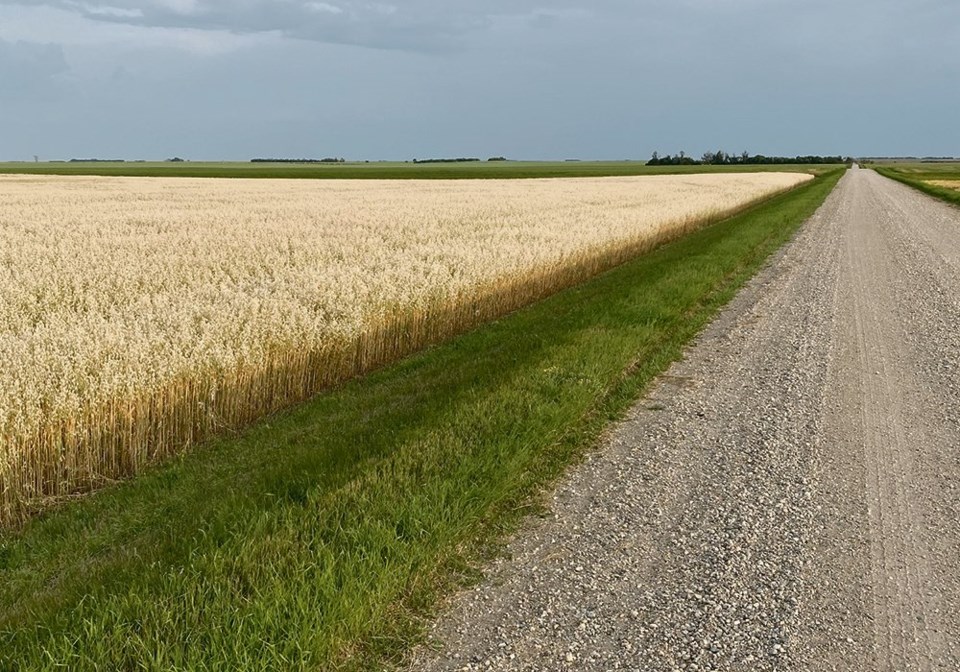The new acreage may bring $150,00 to $200,000, but the new neighbour may object to future activities on your land, especially livestock production, said Wally Wrubleski.
During the booming hog market in the 1990s, some farmers carved out acreages to fund the building of a hog barn. Some of those new neighbours objected to the proposed barns, said Wrubleski of Central Agencies.
“You may sell it to your neighbour’s son, but what if they sell it?” he said.
Wrubleski is selling two three-acre parcels of land near Hay Lakes. It was part of three parcels of land carved out of the quarter section more than 25 years ago as an extra source of income.
“There was value that was created out of the quarter,” he said.
One of the parcels has sold, but the other two, which are unserviced lots, are still for sale.
While rules are not the same across the Prairies, most counties and rural municipalities allow only one acreage to be subdivided off the quarter.
When advising clients, Wrubleski recommends carving an acreage out of an already treed area of the farm rather than building a new acreage on an area without trees.
“Treed yard sites are worth lots.”
Ernie Hawrysh, a realtor with Century 21 Gold Realty in Steinbach, Man., said he has seen an uptick of acreage sales since COVID-19, especially to young families.
“They want to keep their children occupied. They want chickens and goats and pet pigs,” said Hawrysh.
The sales are mostly with existing acreages, or an older couple subdividing their home to maximize the value of the farm.
“By separating the yard from the farm, they can get more money from the farm,” said Hawrysh, who started working with the farm couple two years before the sale to help split the yard site from the farmyard.
Ted Cawkwell of Cawkwell Realty in Saskatoon said he doesn’t see many farmers splitting off bits of land for extra retirement income.
“Nine times out of 10 you get the most value for clients if you take it holistically as a package,” he said.
When selling land, Cawkwell looks at each parcel with the owner to assess if one parcel of land would bring more money as a recreational property, potential as an acreage site, or is best left as one large parcel.

